Parashat Vayakhel: Shabbat vs. Idolatry

Shabbat vs. Idolatry Shabbat is the last commandment given to the Israelites before they make the Golden Calf, and it is mentioned twice immediately afterwards (Ex. 31:12-18; 34:21; 35:1-3). In the first occurrence Shabbat is called a covenant, and in the last it is introduced with the words VaYakhel Moshe – Moshe gathered the congregation. […]
Parashat Ki Tisa: Spiritual Intimacy – Know God, Know Yourself

Moshe Wants to Know God Shortly after the momentous occasion of the Giving of the Law on Har Sinai, the Israelites commit a preposterous transgression. They make and worship a molten idol, the Golden Calf. Moshe pleads with God to show mercy to the rebellious nation, and then makes a request which seems to be […]
Parashat Tetzave: Creativity is Next to Godliness
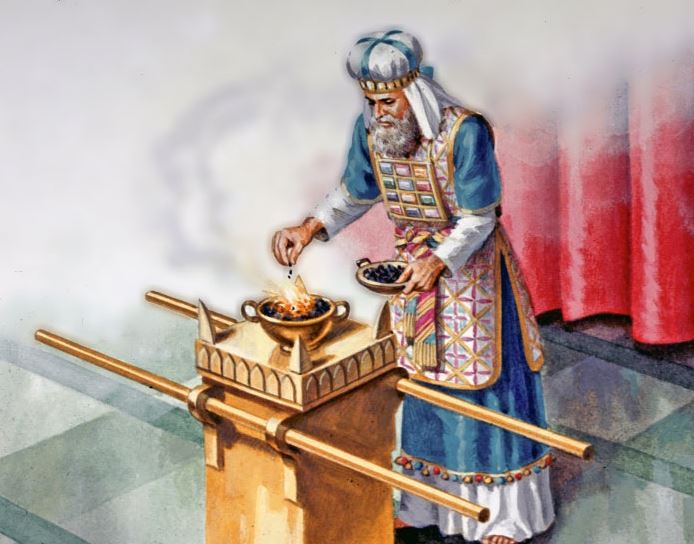
Forgotten Piety Creating Godliness In Parashat Tetzave we read of women and men who were endowed with a divine spirit of wisdom, intelligence, and knowledge. Those men and women were responsible for the creative craftsmanship and the detailed construction of the Mishkan: רוח אלקים… בחכמה ובתבונה ובדעת… מלאכת מחשבת These Hebrew words resonate with our […]
Parashat Terumah: Home, Mishkan, Eden
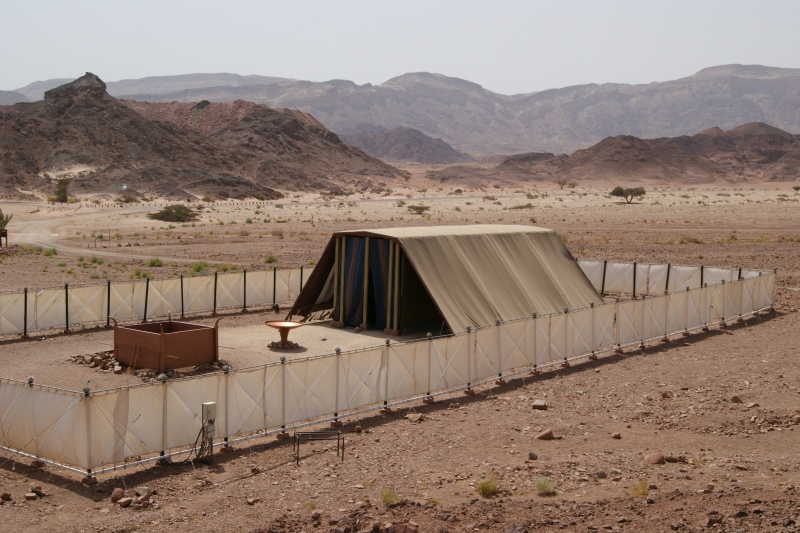
Mishkan and Home What can the Mishkan be analogized to? When I present this question at a class, the first, intuitive answer, is that the Mishkan resembles a home, and the second, which comes after a minute of contemplation, is the Garden of Eden. Like a home, the Mishkan has a table, a candelabra, a […]
Parashat Misphatim: A Beginner’s Guide to Piety

Forgotten Piety Immediately following the revelation on Mount Sinai, the Israelites are handed a long list of laws and regulations, detailed in Parashat Mishpatim. Surprisingly, these laws have very little to do with rituals, sacrifices, or spirituality. Rather, they deal with financial and physical damages, and with the responsibilities of borrowers and renters. To understand […]
Parashat Yitro: The Ten Concepts
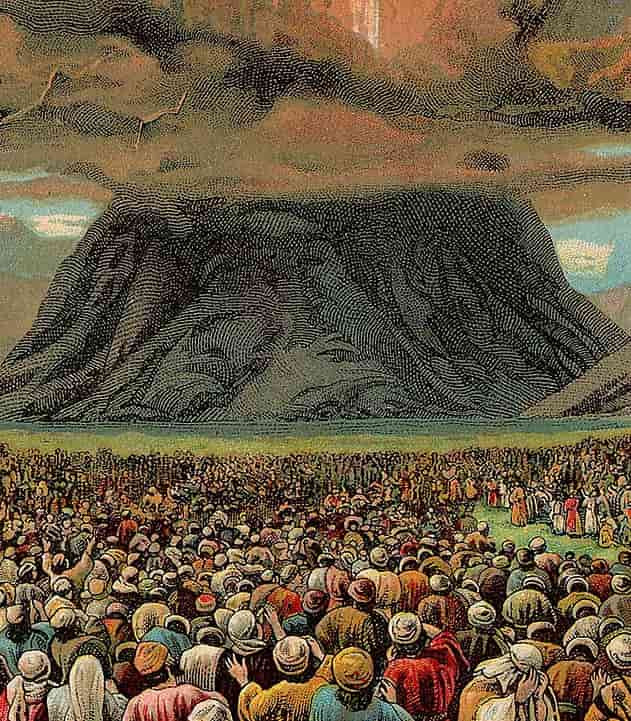
Concepts, not Commandments The famous term “Ten Commandments” is a misnomer. In the three references in the Torah to what we call the Ten Commandments, one term is used: עשרת הדברים – the Ten Concepts. ויכתוב על הלוחות את דברי הברית, עשרת הדברים He [Moshe] wrote on the tablets the words of the covenant, the […]
Parashat BeShalah: Miriam’s Holy Song
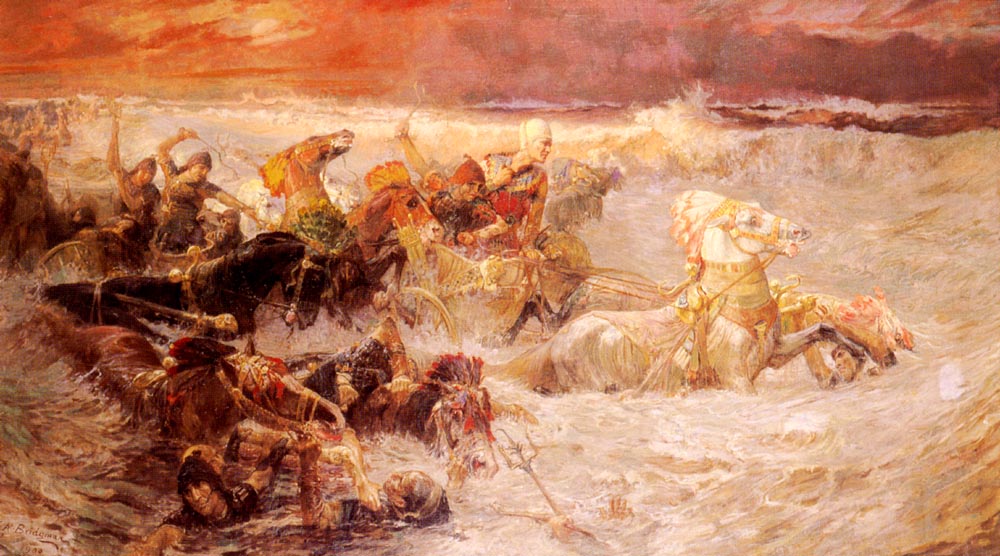
Women, Men, and Angels When the Israelites left Egypt and God split the sea for them the angels wanted to praise Him. He told them: “let Moshe and Israelites sing first”. And so it was that the Israelite men sang first, the angels sang last, and the women sang in between. This beautiful scene is […]
Parashat Bo: Monotheistic Matzah and Protective Pesah
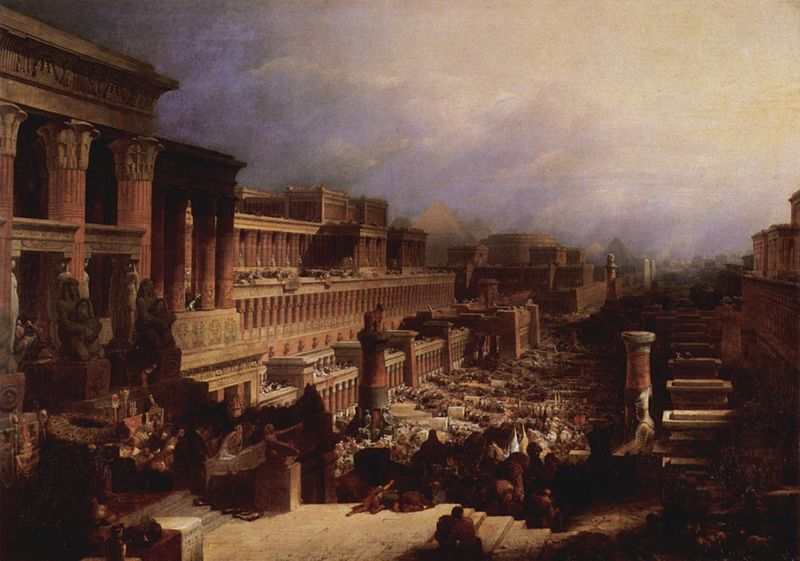
“They shall eat the meat on that night, roasted, with matzoth and bitter herbs” The first ever lean burger is the central dish, at least verbally, at our Seder table. We all follow the Mishnaic maxim of Rabban Gamliel, which obligates us to pronounce the words פסח מצה ומרור – but there is something much […]
Parashat VaEra: Free Will Means Responsibility
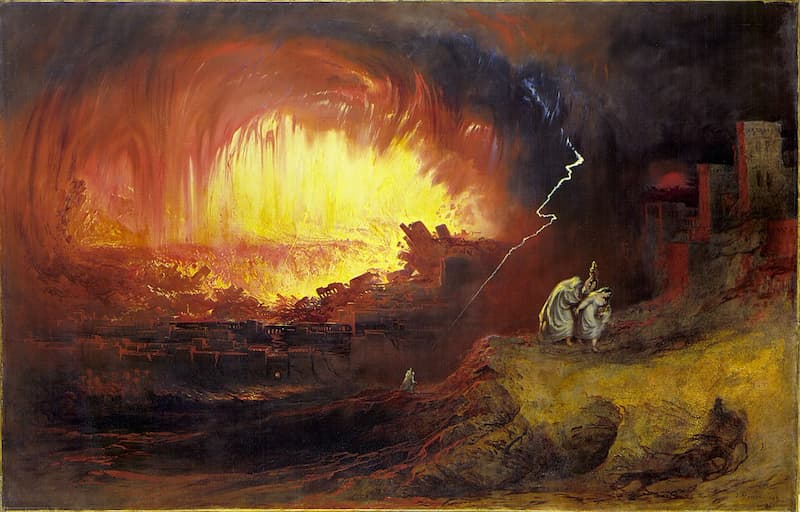
Who is in Control? The ten plagues were meant to convince Pharaoh to let the Israelites go. But it seems that Pharaoh didn’t have a say, because God kept hardening Pharaoh’s heart. If God disrupts or controls Pharaoh’s decision-making process, how can he hold him accountable for his decisions? This question fascinates believers because it […]
Parashat Shemot: Righteous Women

Full Room-Service The Talmud says that because of the merit of righteous women, the Israelites were redeemed from Egypt (Sotah 11:2). Apparently, the claim that the Rabbis marginalized women or ignored their contribution to society is wrong. But let us read the whole story and see if this is an accurate assessment. “The Israelites were […]
